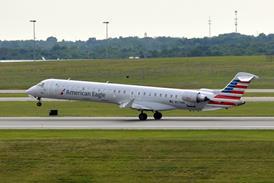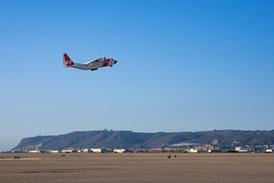Europe could approve single engine Instrument Flight Rules (IFR) commercial operations by the end of the year, according to Ron Ashford, chairman of the Active Analysis Group, which is working on the amendment within the Joint Aviation Authorities.
Ashford, who also represents the industry pressure group, Single Engine Turbine Alliance says: "If the final three meetings go well, the findings could become law by November."
The move towards commercial single engine IFR edged closer on 10 May following the submission of reports on accident analysis, airworthiness and operations to the SEOPS (single engine operations) working group. The final draft of the advance notice of proposed amendment (NPA) will be submitted shortly to the JAA secretarial team and should become law within weeks after a 60-day period of "comment and consideration".
Manufacturers of single engine turbine aircraft, such as the Cessna Caravan, Socata TBM 700, Pilatus PC-12 and New Piper Malibu Meridian, European sales of which have suffered from the single-engine IFR curbs, argue that single engine safety of their aircraft is equal to or better than multi-engine types in service.
US statistics show that the fatal accident rate of single engined turboprop aircraft is twice as good as that for light aircraft as a whole. Ashford adds: "Analysis of NTSB[National Transportation Safety Board] data for Part 135 commercial operations in 1995 and 1996 gave a fatal accident rate of 5.5 per one million hours for turboprop singles, compared with 12.6 for all small Part 135 airplanes".
The NPA is likely to require two pilots on the flight deck. But Bob Crowe, chairman of Bob Crowe Aircraft Sales and a member of the SEOPS working group, says two-crew operation has not been discussed in depth. Also he says, this requirement is already met by current regulations, stipulating two pilots for pressurised aircraft.
Source: Flight International























